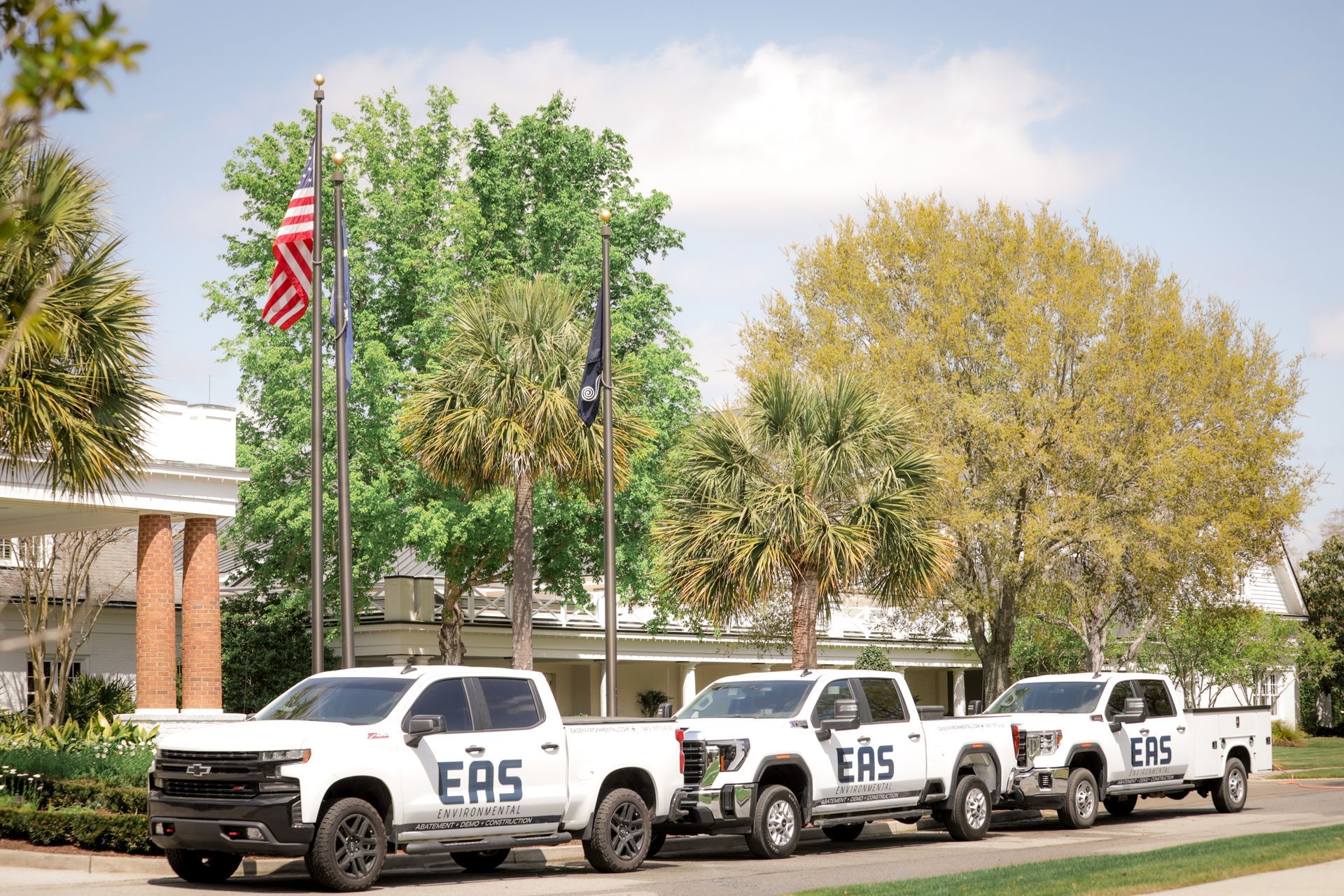
Are you facing the challenge of a damp or flooded crawl space? Look no further – we're here to help you discover the ultimate solution! In this comprehensive guide, we'll explore and unveil the best sump pump options specifically designed to tackle crawl space water woes head-on. Say goodbye to moisture issues and hello to a dry and healthy crawl space environment with our top recommendations for the best sump pumps on the market.
Key Considerations for Choosing the Best Sump Pump for Your Crawl Space
When it comes to safeguarding your crawl space from water damage and maintaining a healthy home environment, selecting the right sump pump is paramount. Several key factors should be carefully considered to ensure you choose the best sump pump tailored to your crawl space's unique needs.
First and foremost, take into account the pump's pumping capacity or horsepower. The size of your crawl space and the potential water flow will determine the required pumping power. A more powerful pump might be necessary for larger spaces or areas prone to heavy water infiltration. Secondly, consider the type of sump pump – submersible or pedestal. Submersible pumps are installed within the sump pit and are quieter and more discreet, making them ideal for finished crawl spaces. On the other hand, pedestal pumps sit above the pit and are easier to service but might be noisier. Additionally,
think about the pump's durability and construction – opt for corrosion-resistant materials like stainless steel or thermoplastic for longer-lasting performance, especially if your crawl space is susceptible to moisture and humidity. By carefully evaluating these crucial aspects, you'll be well-equipped to select the best sump pump that ensures your crawl space remains dry and your home remains protected.
Battery Backup Sump Pumps for Crawl Spaces: Ensuring Reliability
When it comes to safeguarding your crawl space against potential flooding and water damage, the reliability of your sump pump system is of utmost importance. This is where battery backup sump pumps step in as an essential component of your crawl space protection strategy. Unlike traditional sump pumps that rely solely on electricity, battery backup sump pumps offer an extra layer of defense, ensuring continued operation even during power outages or in cases of excessive water infiltration.
Battery backup sump pumps provide a sense of security and peace of mind, especially in regions prone to severe weather or frequent power disruptions. These pumps are designed to automatically activate when the primary pump is overwhelmed or when the power goes out, preventing water buildup and potential damage to your crawl space. Additionally, some battery backup systems come with monitoring features that alert you to any issues or maintenance needs, ensuring that your crawl space remains dry and protected at all times. By investing in a reliable battery backup sump pump for your crawl space, you're taking a proactive step towards fortifying your home against unexpected water-related challenges.
Sump Pump Features to Look for in Crawl Space Environments
When searching for the perfect sump pump to combat moisture in crawl space environments, it's crucial to consider a range of specialized features that ensure optimal performance and longevity. First and foremost, a sump pump equipped with a durable and corrosion-resistant construction is paramount. Crawl spaces are often susceptible to higher levels of humidity and moisture, which can lead to accelerated wear and tear. Opting for materials like stainless steel or corrosion-resistant thermoplastic can significantly extend the lifespan of your pump, ensuring it remains effective even in the most challenging conditions.
Furthermore, the pump's pumping capacity and power are vital considerations. The size of your crawl space and the potential water flow will dictate the required horsepower. In areas prone to heavy rainfall or snowmelt, a more powerful pump may be necessary to swiftly handle water accumulation. Additionally, exploring options with built-in float switches or sensors can enhance the pump's efficiency by allowing it to activate automatically when water levels rise. These features can save you time and effort while maintaining a dry and healthy crawl space environment. By prioritizing these specialized attributes, you can confidently select a sump pump tailored to the unique demands of your crawl space and ensure maximum protection against unwanted moisture.
FAQs
Contact EAS Environmental Today!
EAS Environmental will do everything we can to ensure your experience with us is excellent.
Request A FREE Estimate
Request a Free Estimate Form
Checkout Recent Post




Got a Question? We’re Here to Help.
You can arrange an appointment or make an enquiry by phone or email, orget in touch to us via our contact form.

